Fieldwork
This listing expired on January 1, 1970. Please contact programs@archaeospain.com for any updated information.

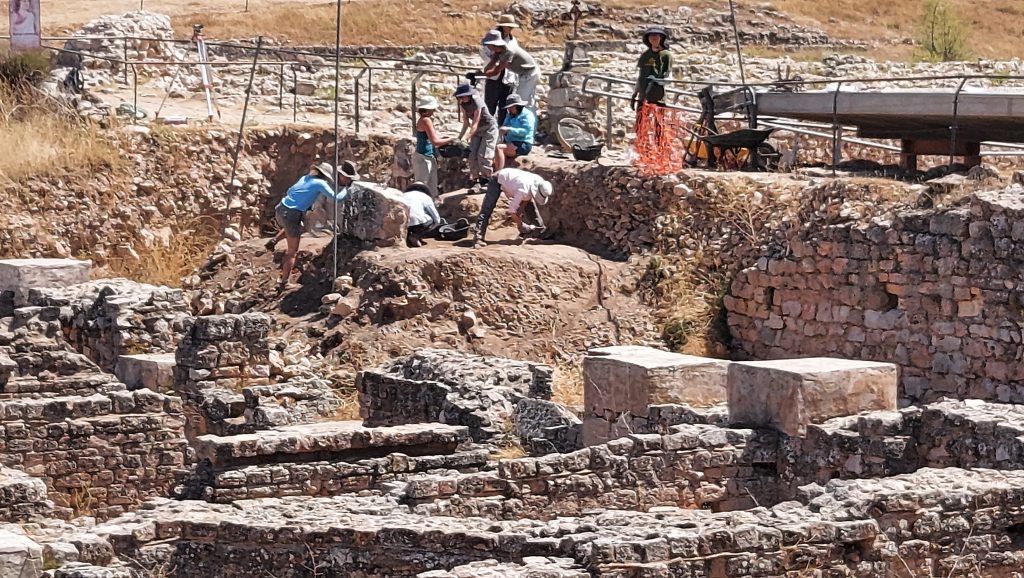

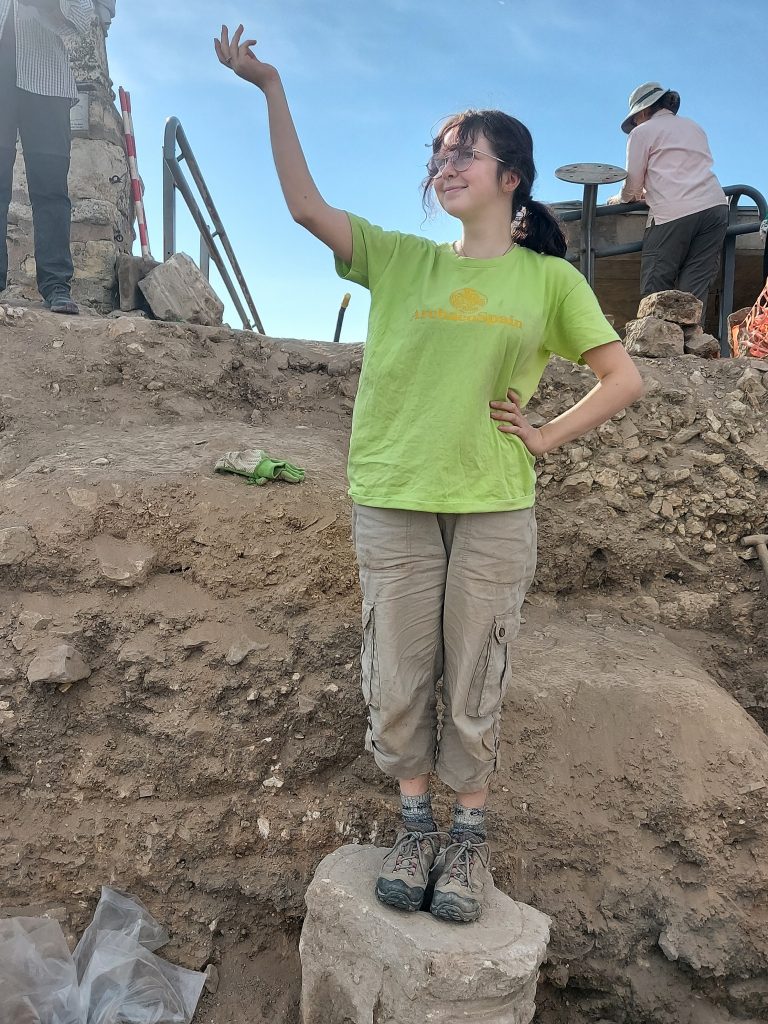
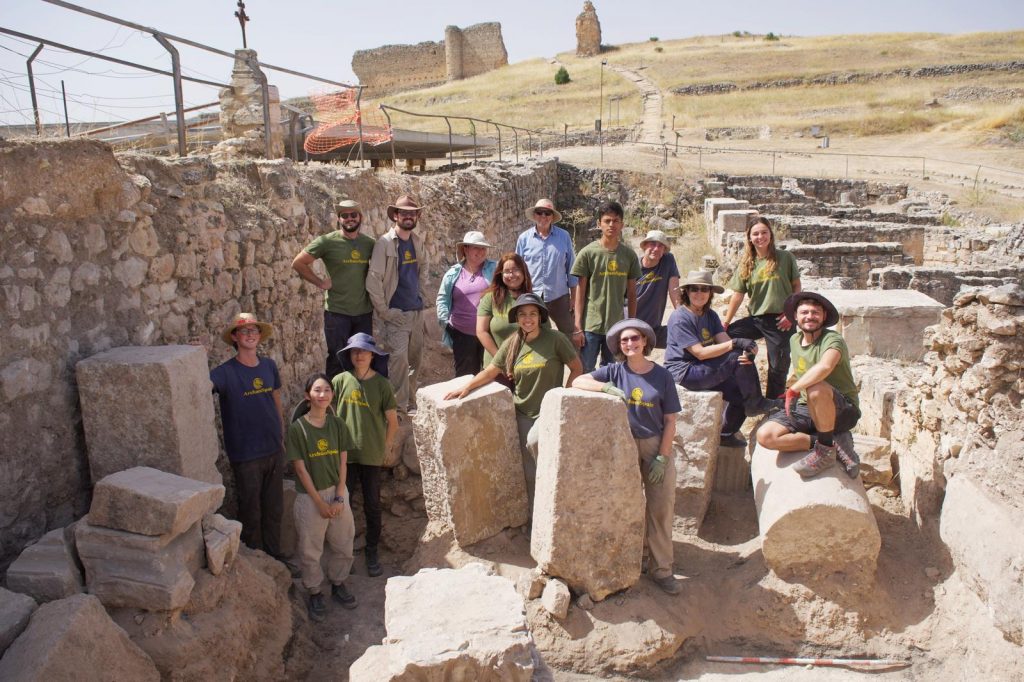
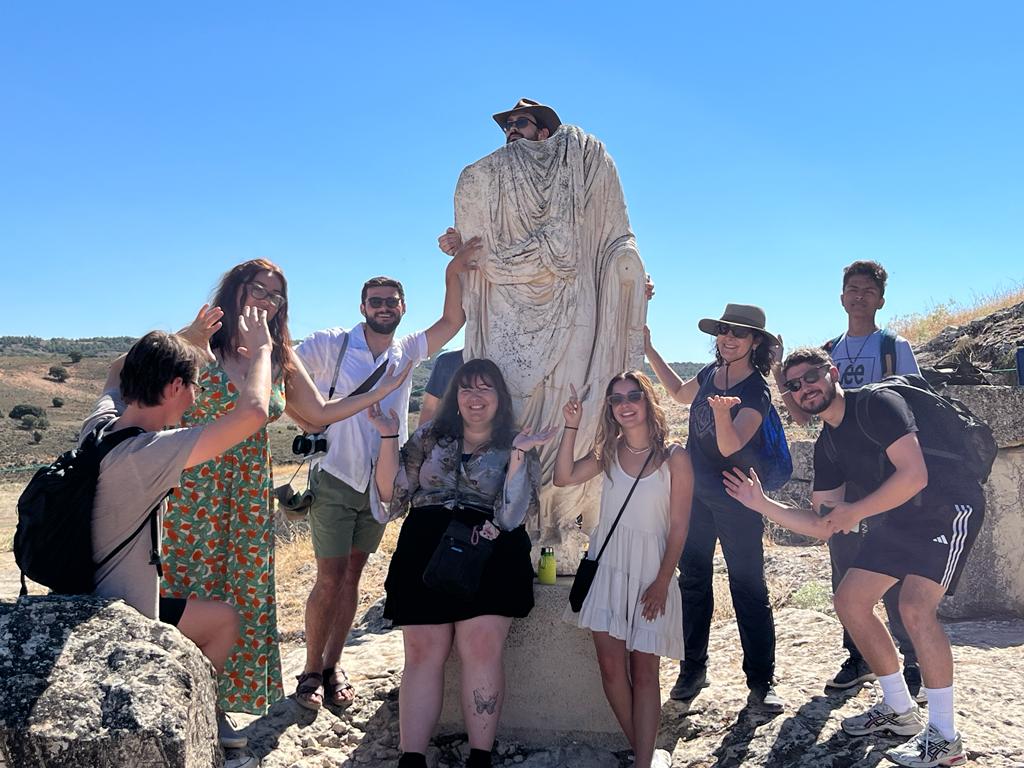
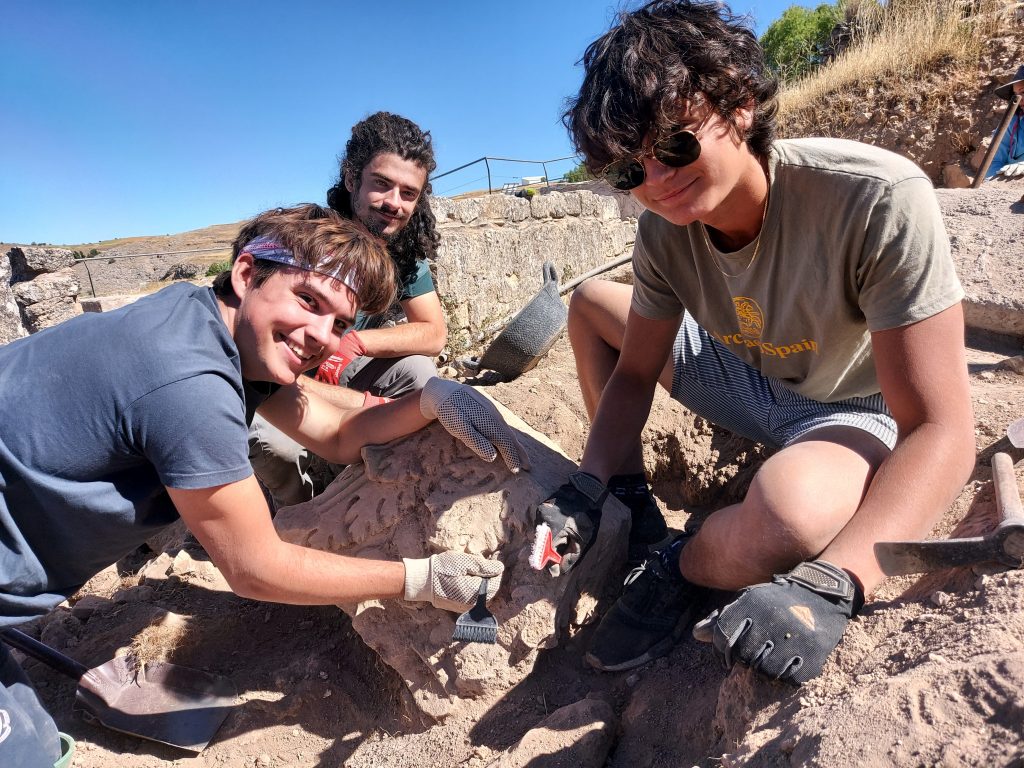
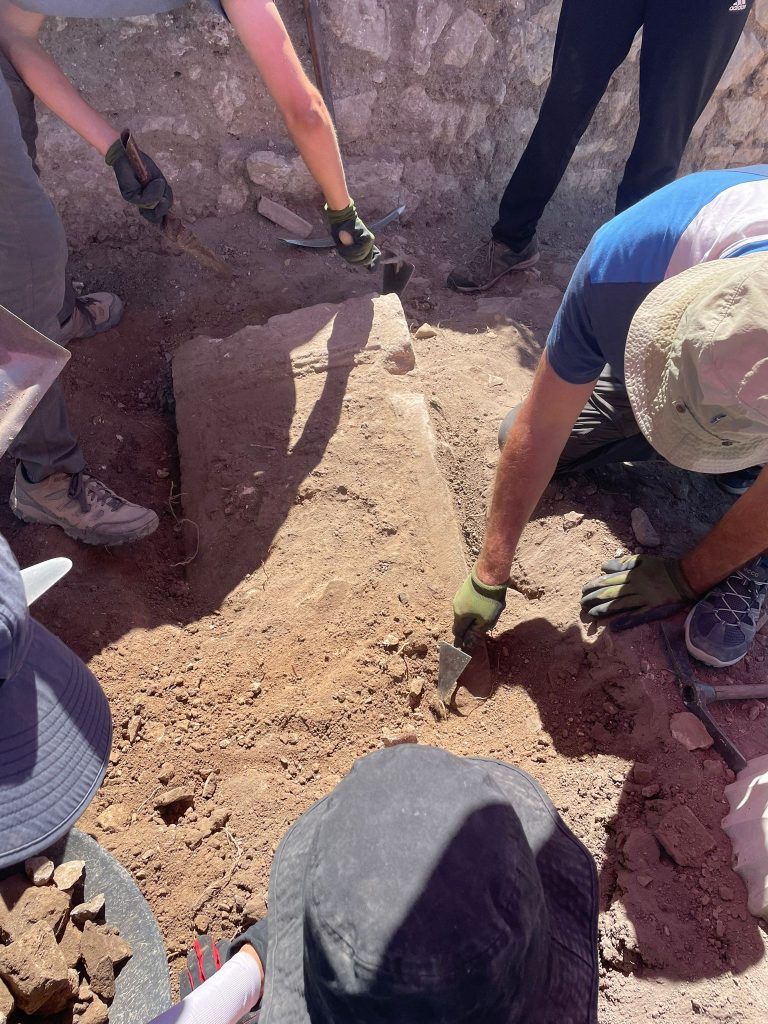
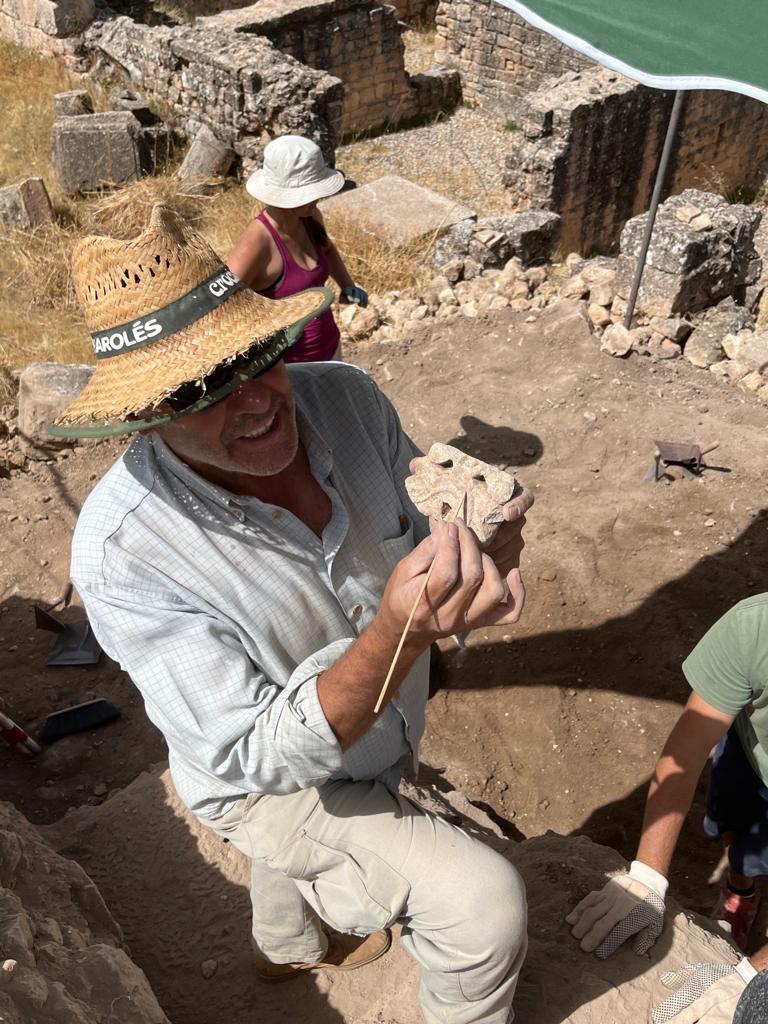
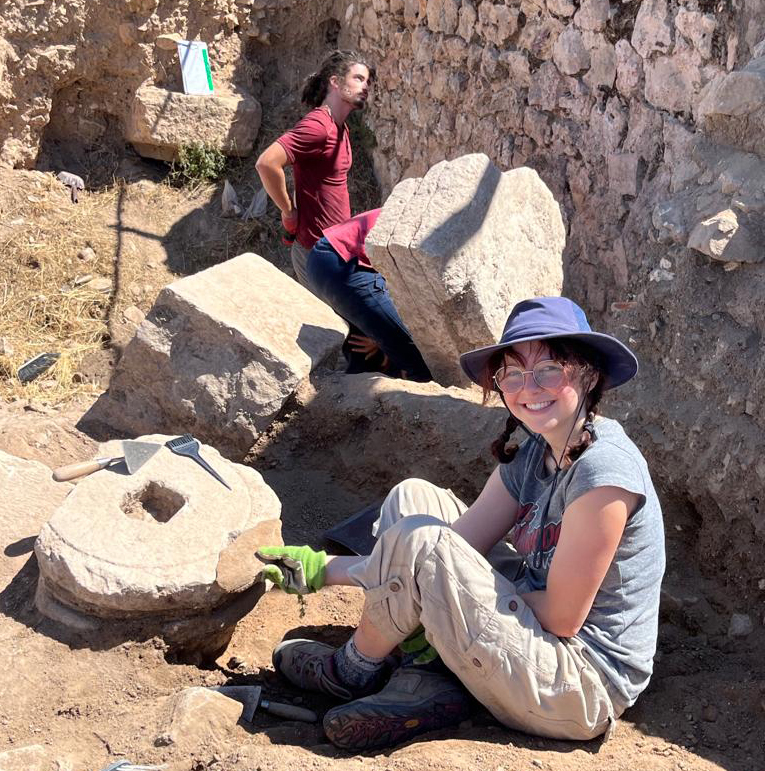
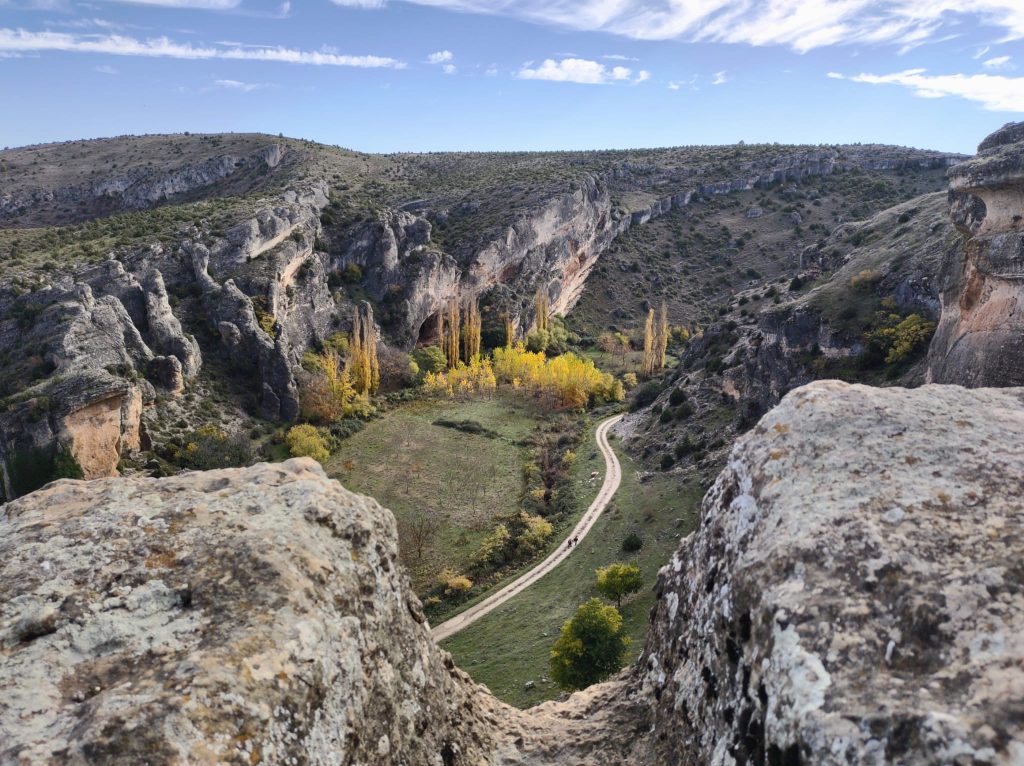
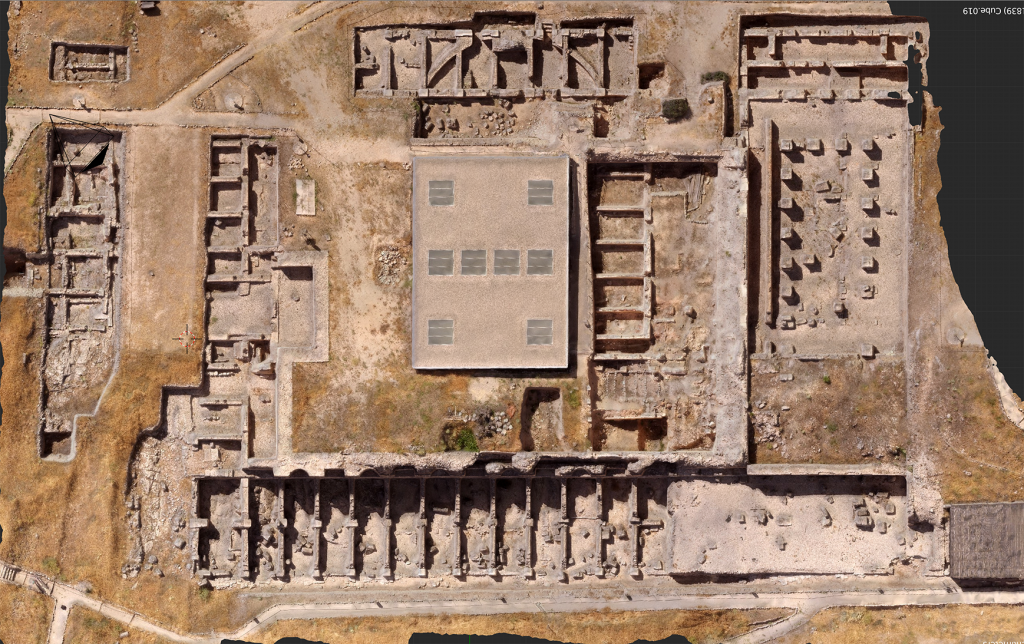
Location: Cuenca, España
Season: July 10, 2024 to August 15, 2025
Session Dates: July 15 - 2 August, 2024
Application Deadline: July 1, 2023
Deadline Type: Rolling
Website: https://www.archaeospain.com/valeriacracgeology.html
Program Type:
Field School
RPA Certified:
No
Affiliation:
ArchaeoSpain/Castilla-La Mancha Regional Government
Project Director:
Ph D. Dionisio Urbina
Project Description:
In our first excavation campaign in Valeria during the summer of 2022 many important discoveries were made. Excavating at the forum, fragments of sculpture, pedestals and memorial headstones were abundant. As an example, we found the inscription that Annia offered to her husband (or to her father) Cayo Grattio. Gaius had been the IIIVIR, the highest office in the city, and twice a priest or Flamen of the emperor’s cult. We have also found a fairly large number of construction elements such as fragments of bases and column capitals. Two capitals are especially important, one of them is Corinthian, very likely from the time of Augustus and the other has a decoration that has no exact parallels in all the Roman West. In addition to the capitals, some small bronzes have been found, such as a stylus for writing. But the most important of all is a torch fragment corresponding to a statue of the Goddess Ceres. This is a remarkable find, since there was no news of the presence of this goddess in the Valeria forum, and it is the only known in Hispania so far. The torch is an attribute of the goddess Ceres (Greek Demeter), related to the nine days she was given, to search the underworld for her daughter Proserpina (Greek Persephone), where Pluton (Greek Hades) had taken her.
Period(s) of Occupation: Roman
Project Size: 1-24 participants
Minimum Length of Stay for Volunteers: 3 weeks
Minimum Age: 18
Experience Required: None, but apreciated
Room and Board Arrangements:
Valeria is a small municipality in the middle mountains of Cuenca with barely 80 inhabitants. Its urban area is structured around the Plaza Mayor, where we find the church, the Town Hall.
The group, including ArchaeoSpain staff, will be staying at two small Guest houses near the Plaza Mayor.
The project will provide breakfast, snack, lunch and dinner every day in the bar-restaurant on the ground floor of the Town Hall. (If you have dietary requirements, the restaurant will be informed in advance)
Cost: US$ 2,650 Fees Include: • Full Room and Board • Fieldwork training • Seminars and workshops • Excursions and other activities • Medical Insurance • Transportation to and from airport • Application fee • Administrative costs Fees DO NOT include airfare
ArchaeoSpain
41 Crossroads Plaza, Suite 133
West Hartford
Connecticut
06117
United States
Phone: (186) 088-1222
The AIA is North America's largest and oldest nonprofit organization dedicated to archaeology. The Institute advances awareness, education, fieldwork, preservation, publication, and research of archaeological sites and cultural heritage throughout the world. Your contribution makes a difference.